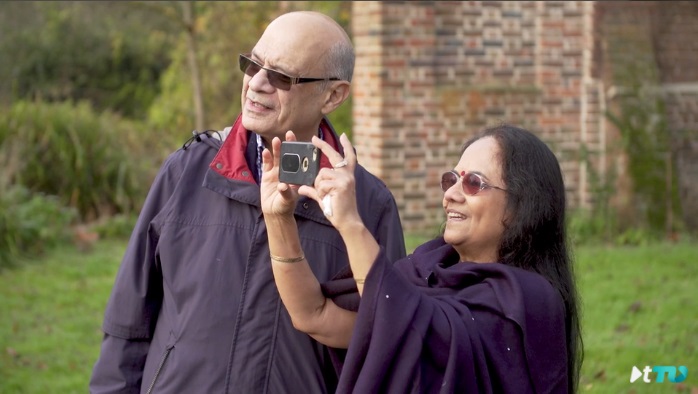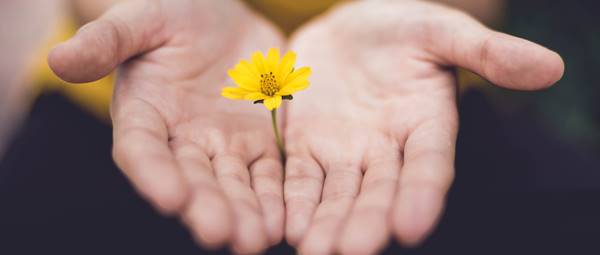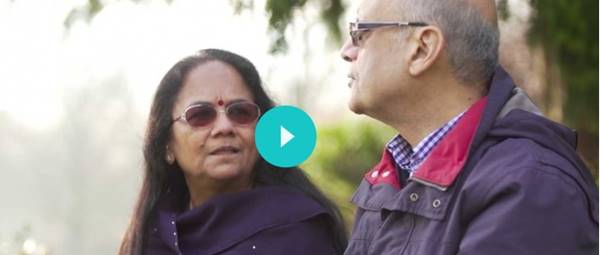What is living kidney donation?
A living kidney donor is a person who gives one of their healthy kidneys to someone with kidney failure who needs a transplant (the recipient). This could be a friend or family member, or someone they do not already know.
In most cases a kidney donated by a living donor offers the best long-term outcome for the recipient.
Volunteering to offer a kidney is a wonderful thing to do, but it is also an important decision and there are lots of things for you to consider. We hope this information will answer some of the questions that you may have.

Did you know?
Kidneys are the most commonly donated organs by living people.
About a third of all kidney transplants carried out in the UK are from living donors.
In the UK, living kidney transplants have been performed since 1960 and currently around 1000 such operations are performed each year, with a very high success rate. A kidney transplant can transform the life of someone with kidney disease, whether or not they are already having dialysis treatment.
Why is living kidney donation important?
A successful transplant from a living donor is the best treatment option available for most people with kidney disease.
A kidney from a living donor (rather than one from someone who has died) offers the recipient the best opportunity of success as living donor kidneys usually last longer than those from deceased donors.

Generally people who receive a kidney from a living donor live for longer than those who receive one from a deceased donor and much longer than they would be expected to live if they did not receive a kidney transplant.
Living kidney donation allows the operation to be planned at a time that is convenient for the recipient, donor and clinical team.
With a transplant, some people can avoid needing dialysis treatment entirely. This is even better than having a transplant once dialysis has started because recipients who receive a kidney before they have to go onto dialysis generally live longer than those who do not.
There are currently more than 5,500 people in UK with kidney disease who are on the National Transplant List in need of a kidney, including more than 200 children.
Hundreds of people in the UK die each year in need of a kidney transplant.
Unfortunately there are not enough kidneys donated from people who have died for everyone who needs a transplant.
Did you know?
The average waiting time for a kidney transplant from someone who has died is approximately 3 years. For some ethnic groups and people with rare tissue types the wait can often be 5 years, or much longer
Could you volunteer to be a living kidney donor?
Healthy people who wish to help a loved one or stranger with kidney disease may volunteer to give a kidney. Volunteer is the key word – this must be something that you choose to do and feel comfortable doing.
Anyone volunteering will be asked to undertake a series of tests so that the medical team can be absolutely sure that you are suitable to donate. Your health and safety is of primary concern and it is important to be aware from the start that, even if you want to be a donor, not everyone is suitable and you may be unable to donate. It is also important to remember that even if you do volunteer, you can change your mind at any point in the process – right up to the time of surgery.
Who can donate?
Most often donors are a close relative of the recipient, such as a family member, partner or good friend. However, people who do not know anyone with kidney disease, but who wish to donate, can also provide a kidney for someone on the national transplant list. These people are known as non-directed altruistic donors.
Get more information about donating to someone you don't know
Sometimes a donor and a recipient pair (who already know each other) may not ‘match’ with each other because of blood group or HLA (tissue) type. In some cases it may be possible for them to be paired with another donor and recipient in the same situation who ‘swap’ donors. This means that each recipient will benefit from a transplant that they would otherwise not have had. This is called paired donation. Where more than two pairs are involved in the swap it is called pooled donation. Non-directed altruistic donors are also included in these ‘swaps’ to enable more transplants to take place. When a non-directed altruistic donor is involved, it is called an altruistic donor chain.
What are the chances of a successful transplant?
Living kidney transplantation is usually very successful with 96% of donated kidneys working well a year after the operation. However, there is no guarantee that a transplant will be successful and sadly, a tiny number of people have very serious complications and the kidney has to be removed. If you are thinking about becoming a living kidney donor, it is important to consider how you might feel if the transplant is not successful.
Become a living kidney donor

Help promote living donation
Order or download a range of materials, including faith-specific leaflets.
Can’t find what you’re looking for?
For general enquiries
Email: enquiries@nhsbt.nhs.uk
Or call: 0300 123 23 23



